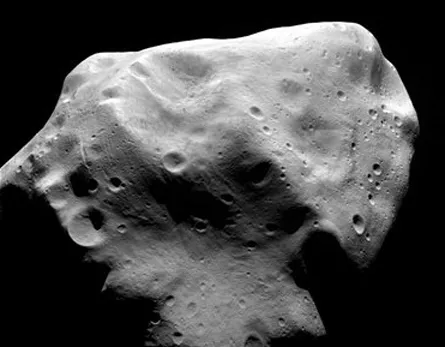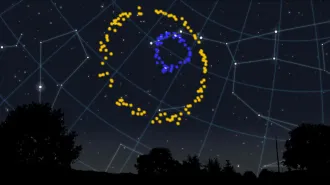- More than 2 years ago

New images from space reveal a cratered asteroid that is likely a remnant of the early formation of the solar system, the European Space Agency reports. The ESA’s Rosetta Orbiter beamed back the first close-ups of 21 Lutetia, a large asteroid in the main asteroid belt, as the craft passed by July 10 on its way to a distant comet.
Rosetta came within 3,162 kilometers of the asteroid while moving at a speed of 15 kilometers per second, completing the flyby in just one minute. High-resolution images from the Rosetta’s OSIRIS instrument revealed details as small as 60 meters across, showing a violently battered surface. So far, the images have confirmed that the asteroid has an elongated shape and measures 130 kilometers at its widest point.
Other measurements taken during the flyby will be analyzed to determine whether the asteroid is a primitive C-type from the solar system’s early formation, or an iron-rich M-type asteroid from a once larger object. Rosetta will also report on any evidence of an atmosphere or magnetosphere around the asteroid and send back details about Lutetia’s surface composition and density. Such data may offer clues about the birth of our solar system.
Lutetia fly-by from Science News on Vimeo.
Simulation showing view of Lutetia from Rosetta during flyby on 10 July
Credits: ESA/AOES Medialab







